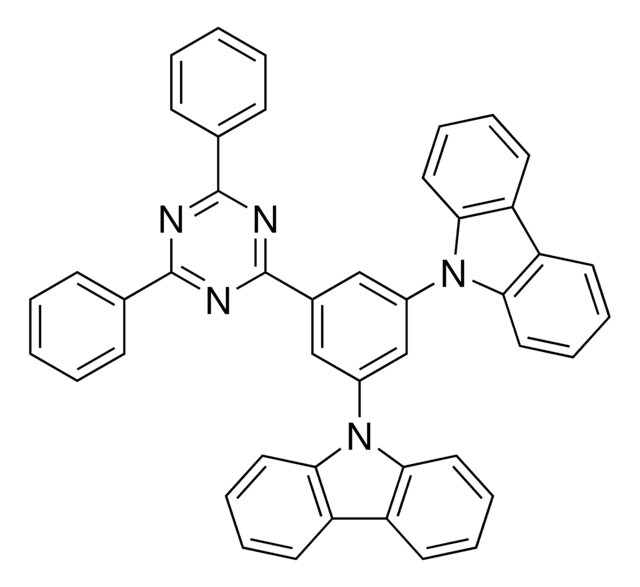おすすめの製品
グレード
sublimed grade
品質水準
詳細
μe ≈ 1.0 x 10-3 cm2 V−1 s−1
アッセイ
≥99% (HPLC)
損失
0.5% TGA, > 310 °C (weight loss)
mp
195-200 °C
転移温度
Tg >310 °C ((0.5% weight loss))
溶解性
chloroform: soluble
dichloromethane: soluble
蛍光検出
λem 353 nm in dichloromethane (PL)
軌道エネルギー
HOMO 6.75 eV
LUMO 2.75 eV
λ
in dichloromethane
UV吸収
λ: 254 nm Amax
SMILES記法
C1(C2=CC=CC(C3=CN=CC=C3)=C2)=CC(C4=CC=CC(C5=CN=CC=C5)=C4)=CC(C6=CC=CC(C7=CN=CC=C7)=C6)=C1
InChI
1S/C39H27N3/c1-7-28(34-13-4-16-40-25-34)19-31(10-1)37-22-38(32-11-2-8-29(20-32)35-14-5-17-41-26-35)24-39(23-37)33-12-3-9-30(21-33)36-15-6-18-42-27-36/h1-27H
InChI Key
CINYXYWQPZSTOT-UHFFFAOYSA-N
類似した製品をお探しですか? 訪問 製品比較ガイド
アプリケーション
保管分類コード
11 - Combustible Solids
WGK
WGK 3
引火点(°F)
Not applicable
引火点(℃)
Not applicable
適用法令
試験研究用途を考慮した関連法令を主に挙げております。化学物質以外については、一部の情報のみ提供しています。 製品を安全かつ合法的に使用することは、使用者の義務です。最新情報により修正される場合があります。WEBの反映には時間を要することがあるため、適宜SDSをご参照ください。
Jan Code
932361-BULK:
932361-250MG:
932361-VAR:
最新バージョンのいずれかを選択してください:
ライフサイエンス、有機合成、材料科学、クロマトグラフィー、分析など、あらゆる分野の研究に経験のあるメンバーがおります。.
製品に関するお問い合わせはこちら(テクニカルサービス)
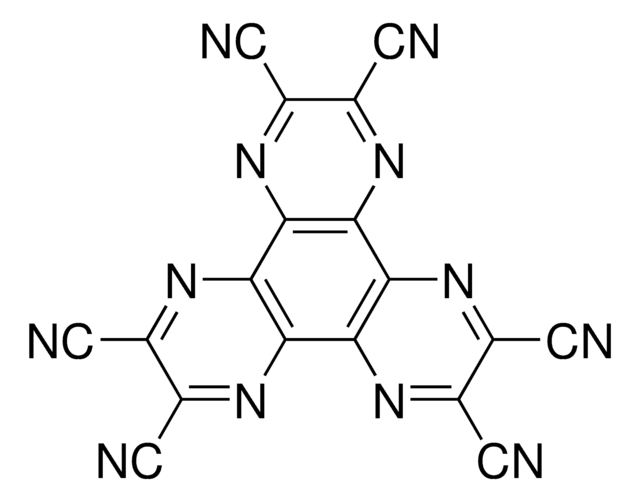

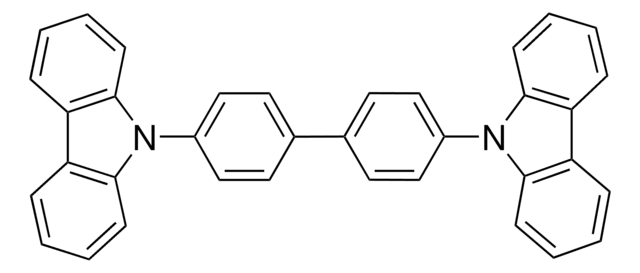
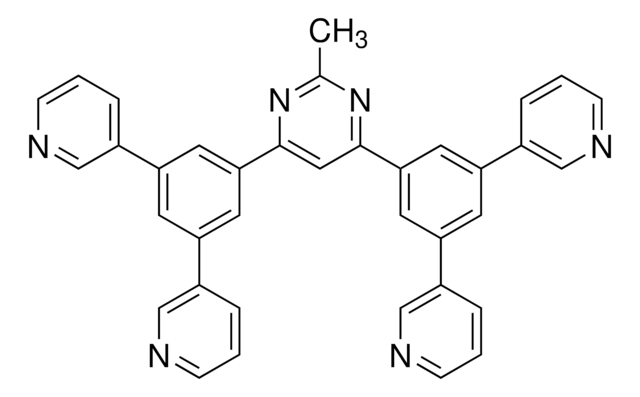

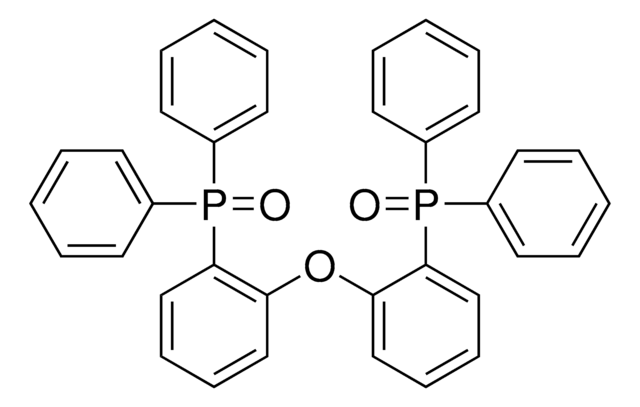
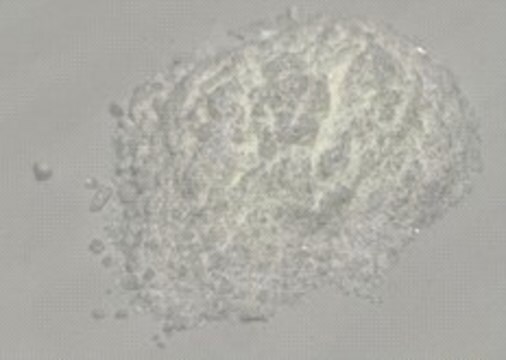
![4,4′-シクロヘキシリデンビス[N,N-ビス(4-メチルフェニル)ベンゼンアミン] ≥97% (HPLC)](/deepweb/assets/sigmaaldrich/product/structures/111/787/16bde1ce-c76d-46d6-9e1f-9ce09f82d038/640/16bde1ce-c76d-46d6-9e1f-9ce09f82d038.png)
